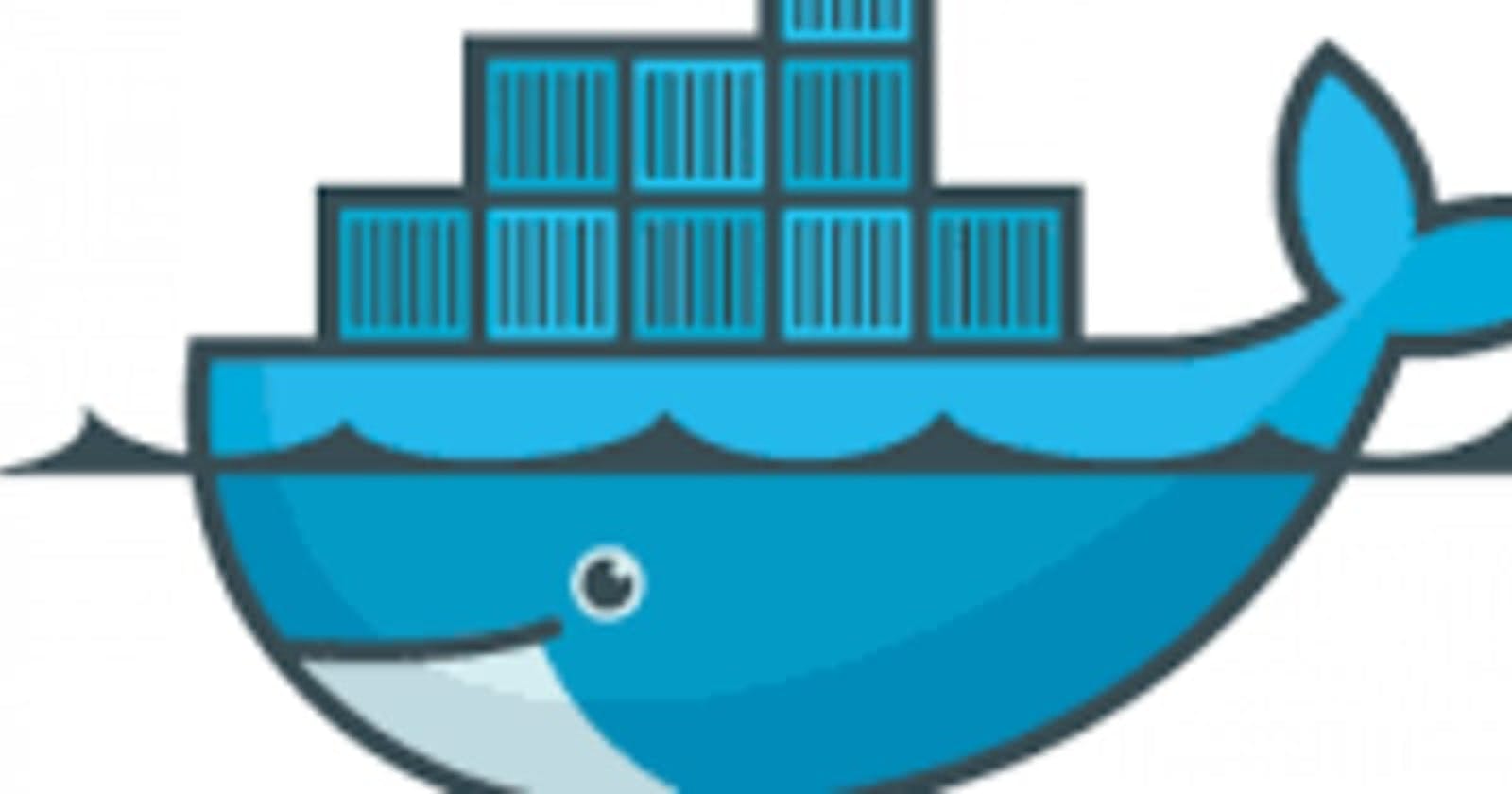Introduction:
In the world of software development, efficient and reliable deployment of applications is crucial. Docker, a containerization platform, has emerged as a popular tool for streamlining application development, packaging, and deployment processes. This article will provide an overview of Docker, discuss its benefits, and guide you through the basics of using Docker for your projects.
What is Docker?
Docker is an open-source containerization platform that allows developers to package applications and their dependencies into self-contained units called containers. Containers provide an isolated and lightweight runtime environment, ensuring consistency across different computing environments. Docker enables the creation, distribution, and running of containers, making it easier to build and deploy applications in a consistent and reproducible manner.
Benefits of Docker:
- Portability: Docker containers encapsulate an application and its dependencies, making them portable across various environments. You can build a container on your development machine and run it on different operating systems, cloud platforms, or even on your colleague's computer without worrying about compatibility issues.
- Scalability: Docker simplifies application scaling by allowing you to easily replicate and distribute containers. With Docker, you can scale your application horizontally by running multiple containers across multiple machines, or vertically by allocating more resources to individual containers.
- Isolation: Containers provide a high level of isolation, ensuring that applications run independently without interfering with each other. Each container has its own file system, network stack, and process space, reducing the risk of conflicts and enabling secure multi-tenancy.
- Rapid Deployment: Docker streamlines the deployment process by simplifying the packaging and distribution of applications. You can define the application's configuration and dependencies in a Dockerfile, enabling consistent and reproducible deployments. This significantly reduces the time and effort required to set up the environment on target systems.
- Resource Efficiency: Docker containers are lightweight and share the host operating system's kernel, which results in better resource utilization compared to running virtual machines. Containers start quickly, consume fewer system resources, and provide efficient utilization of hardware resources.
Getting Started with Docker:
To begin using Docker, follow these steps:
- Install Docker: Visit the Docker website (docker.com) and download the appropriate version for your operating system. Install Docker following the provided instructions.
- Build a Docker Image: Create a Dockerfile in your project directory to define the application's dependencies and configuration. Use the Docker command-line interface (CLI) to build the Docker image from the Dockerfile.
- Run a Container: Once the Docker image is built, you can run it as a container using the Docker CLI. Specify any required runtime parameters, such as ports or volumes, to configure the container's behavior.
- Interact with Containers: Docker provides various commands to interact with running containers. You can view container logs, access the container's shell, stop or restart containers, and monitor resource usage.
- Share and Distribute Images: Docker Hub is a public registry where you can share and discover Docker images. You can push your Docker image to Docker Hub or a private registry to share it with others or deploy it on different machines.
Conclusion:
Docker has revolutionized application deployment by providing a consistent and reproducible environment using containers. With its numerous benefits, including portability, scalability, isolation, rapid deployment, and resource efficiency, Docker has become an indispensable tool for developers and system administrators. By following the steps outlined in this article, you can get started with Docker and leverage its power to simplify your application development and deployment workflows.🚀
linkedIn: linkedin.com/in/christian-peters-809112235
Let me know what you think about this containerization architecture 🤗
